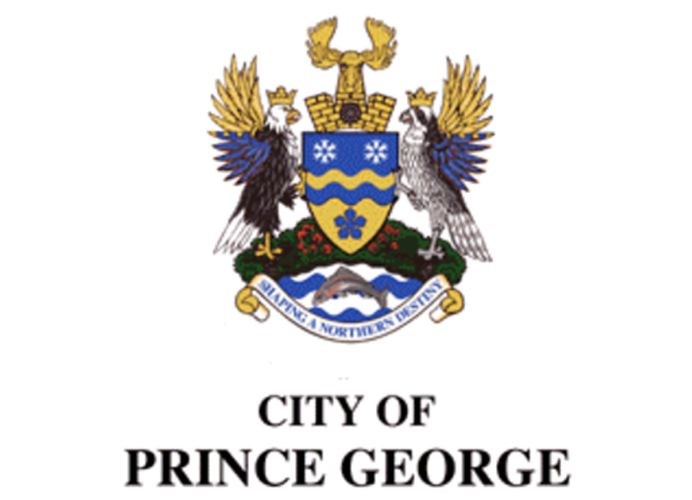After months of study and consultation, the provincial government has introduced legislation governing the spending limits for municipal elections.
Minister of Community, Sport and Cultural Development Peter Fassbender tabled Bill 43 in Victoria Thursday morning, which would apply to candidates running for mayor, councillor, electoral area director and school board trustee.
There are also expense limits that would apply to third-party advertising sponsors.
The proposed limits use a per-capita formula for communities like Prince George that have populations greater than 10,000 people. Those smaller than 10,000 would use a flat limit.
The limits were set out by a bipartisan special committee, following up on one of the 31 recommendations made in 2010 by a joint province-Union of B.C. Municipalities task force.
For election areas with more than 10,000, mayoral candidates would be able to spend $1 per capita for the first 15,000 people, then $0.55 for the next 15,000 to 150,000, $0.60 for 150,000 to 250,000 people and $0.15 per capita thereafter.
All other candidates would be able to spend $0.50 per capita for the first 15,000 people, then $0.28 for the next 15,000 to 150,000, $0.30 for 150,000 to 250,000 people and $0.08 per capita thereafter.
Using the most recent estimate from BC Stats, Prince George has a population of 74,227. (That figure uses the 2011 census count adjusted with other indicators such as the number of clients in the B.C. Health Client Registry and residential hydro hook ups. The numbers in the report are as of July 1, 2014.)
That would place the local mayoral candidates under a spending limit of $47,574.85 and all other candidates for council or School District 57 trustee under a limit of $24,083.56.
Applying that formula to last year's municipal election, mayoral candidate Don Zurowski would have overspent the limit by more than $24,000.
Only councillors Frank Everitt and Albert Koehler would have overspent their limits, by about $15,000 and $7,000, respectively.
The expense limits would apply from Jan. 1 of the election year to general voting day, which is the third Saturday of October.



.png;w=120;h=80;mode=crop)